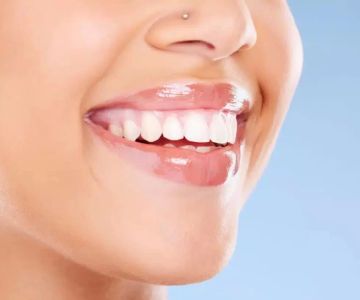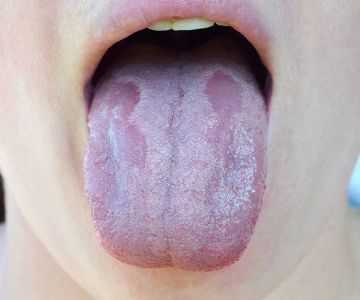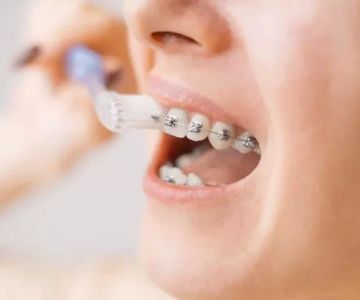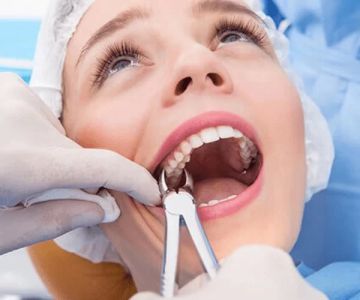Early Orthodontic Treatments for Kids: Why Starting Early Can Make a Big Difference
- Why Early Orthodontic Treatment Matters
- Signs Your Child Might Need Early Orthodontic Treatment
- Benefits of Early Orthodontics
- Common Early Orthodontic Treatments
- When Should You Start Orthodontic Treatment?
Why Early Orthodontic Treatment Matters
Many parents assume that orthodontic treatment for children is something that can wait until their child is older. However, the truth is that early orthodontic treatment can make a significant difference in your child's oral health and overall development. The American Association of Orthodontists recommends that children should have their first orthodontic evaluation by age 7, as this is when some potential issues begin to emerge.
Early orthodontic treatments for kids are designed to prevent or correct potential problems before they become more complicated later in life. By identifying and addressing issues early, orthodontists can help guide the growth and development of your child's teeth, jaw, and bite, often reducing the need for more invasive treatment in the future.
Signs Your Child Might Need Early Orthodontic Treatment
Recognizing when your child might need orthodontic care is key to ensuring they get the best possible results. Here are a few signs that early orthodontic treatment may be necessary:
1. Crowded or Misaligned Teeth
If your child’s teeth are crowded or misaligned, it could be an early sign that they might benefit from orthodontic treatment. Crowding can lead to difficulty in cleaning teeth properly, which increases the risk of cavities and gum disease.
2. Overbite or Underbite
Overbites (when the upper teeth protrude too far over the lower teeth) or underbites (when the lower teeth overlap the upper teeth) are other common issues that can be detected early. These bite problems can affect chewing, speech, and overall oral function if left untreated.
3. Early or Late Loss of Baby Teeth
If your child loses their baby teeth too early or too late, it can interfere with the development of their adult teeth. Early orthodontic intervention can help guide the eruption of permanent teeth into the correct positions.
4. Thumb Sucking or Tongue Thrusting
Habits such as thumb sucking or tongue thrusting can also affect the alignment of your child's teeth and jaw. If these habits persist beyond the age of 4 or 5, orthodontic intervention might be needed to prevent long-term damage.
Benefits of Early Orthodontics
There are many advantages to starting orthodontic treatment early. Some of the key benefits include:
1. Preventing Future Problems
By addressing issues early on, such as overcrowding or bite misalignments, orthodontists can prevent more severe problems from developing. Early intervention allows for smoother, more efficient treatment later on, often requiring less extensive procedures.
2. Improved Facial Aesthetics
Early orthodontic treatment can help guide the growth of your child’s jaw, resulting in better facial symmetry. This can boost your child’s self-confidence as they grow older, especially if they’re self-conscious about their appearance.
3. Shorter Treatment Times Later
When issues are addressed early, your child may require less treatment time when they reach adolescence. Early treatments can help make permanent tooth alignment easier and faster, reducing the time spent in braces later on.
4. Enhanced Oral Health
Correcting problems such as a misaligned bite can improve your child’s ability to chew and speak properly. Additionally, proper alignment makes it easier for your child to maintain good oral hygiene, reducing the risk of cavities and gum disease.
Common Early Orthodontic Treatments
There are several different orthodontic treatments that may be recommended for kids, depending on their specific needs. Some of the most common early orthodontic treatments include:
1. Expanders
Palatal expanders are devices used to widen the upper jaw in children with a narrow palate. This helps make room for teeth to grow properly and can correct bite issues such as crossbites.
2. Space Maintainers
When children lose their baby teeth prematurely, space maintainers are used to prevent the remaining teeth from shifting. This ensures that there is enough room for the permanent teeth to erupt properly.
3. Braces
In some cases, early braces or other devices may be recommended to help correct the alignment of your child’s teeth and bite. Early braces can be particularly useful in guiding the eruption of permanent teeth into the correct positions.
4. Thumb Sucking Appliances
If your child has a thumb-sucking habit, your orthodontist may recommend an appliance designed to discourage this behavior. This can prevent the habit from affecting their teeth and jaw development.
When Should You Start Orthodontic Treatment?
The best time to start orthodontic treatment varies from child to child, depending on their specific needs and developmental stage. However, most experts recommend that children have their first orthodontic evaluation by the age of 7. At this point, the orthodontist can assess how the teeth and jaws are developing and decide if early intervention is necessary.
While some children may need treatment as early as age 7, others may not require any orthodontic care until they are older. It’s essential to work with an experienced pediatric orthodontist to determine the best course of action for your child’s unique needs.







 Westgate Dental Arts3.0 (2 review)
Westgate Dental Arts3.0 (2 review) Coventry Family Dental4.0 (247 review)
Coventry Family Dental4.0 (247 review) Familia Dental3.0 (1028 review)
Familia Dental3.0 (1028 review) Dr. Daniel S. Fife, DDS4.0 (31 review)
Dr. Daniel S. Fife, DDS4.0 (31 review) Dentistry At Suburban Square: Michael I. Wollock, DMD4.0 (1228 review)
Dentistry At Suburban Square: Michael I. Wollock, DMD4.0 (1228 review) Comfort Care Dental4.0 (1156 review)
Comfort Care Dental4.0 (1156 review) The Importance of Oral Health Education During Pregnancy for a Healthy Pregnancy
The Importance of Oral Health Education During Pregnancy for a Healthy Pregnancy Why Skipping Dental Checkups Can Lead to Bigger Oral Health Problems
Why Skipping Dental Checkups Can Lead to Bigger Oral Health Problems Best Tips for Brushing Your Teeth Properly for Healthy Gums: Essential Techniques for Oral Health
Best Tips for Brushing Your Teeth Properly for Healthy Gums: Essential Techniques for Oral Health Advantages of Porcelain Dental Restorations
Advantages of Porcelain Dental Restorations How Can Diabetes Cause Tooth and Gum Problems? Preventing and Managing Oral Health Issues
How Can Diabetes Cause Tooth and Gum Problems? Preventing and Managing Oral Health Issues Healthy Habits for Promoting Good Oral Health and Hygiene: Tips for a Healthy Smile
Healthy Habits for Promoting Good Oral Health and Hygiene: Tips for a Healthy Smile